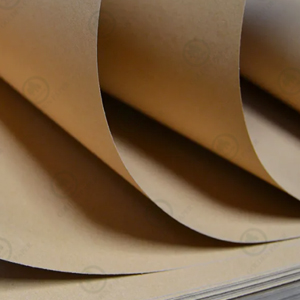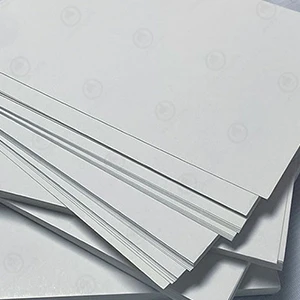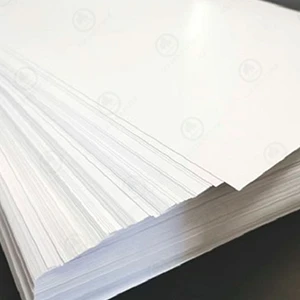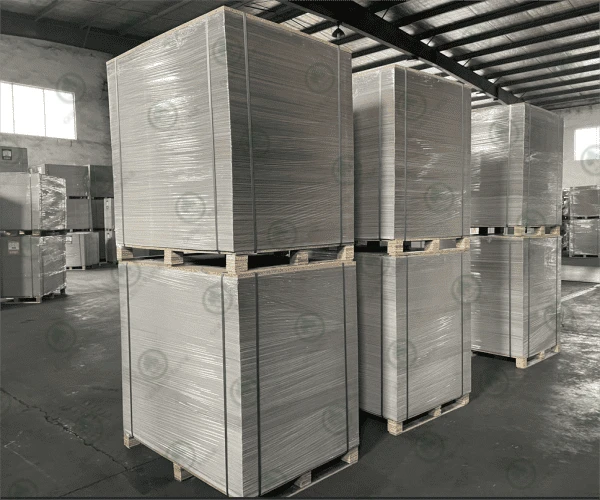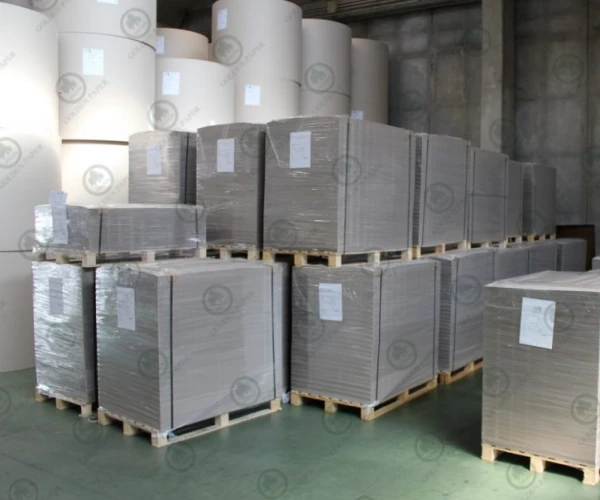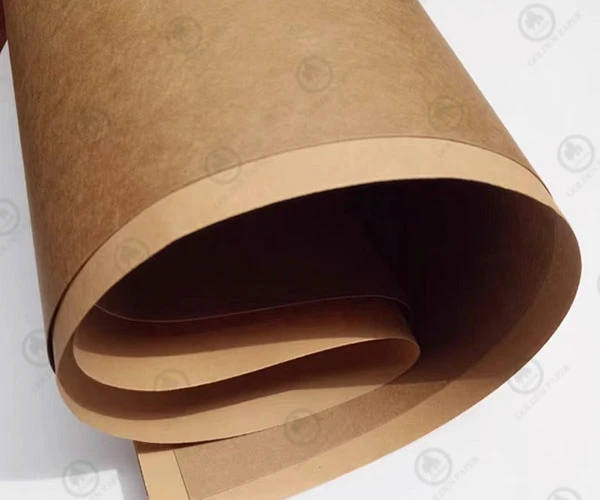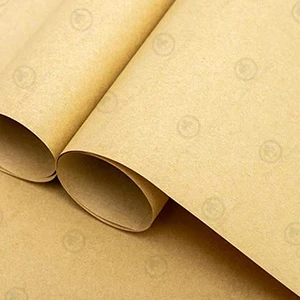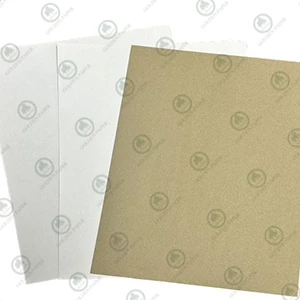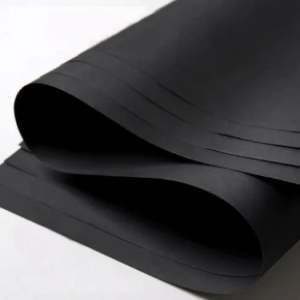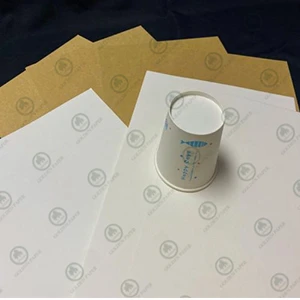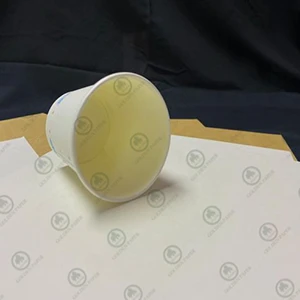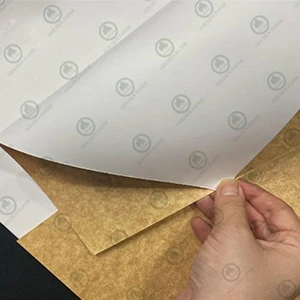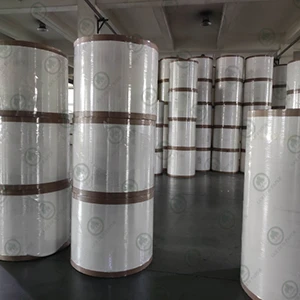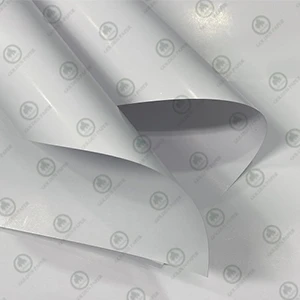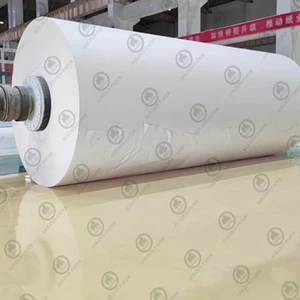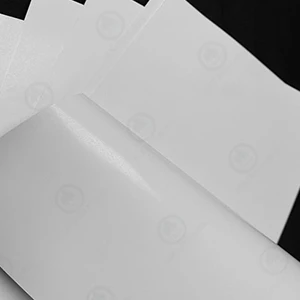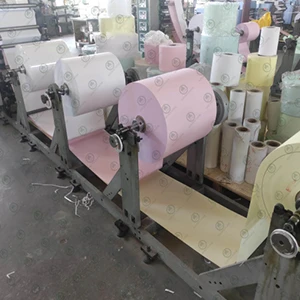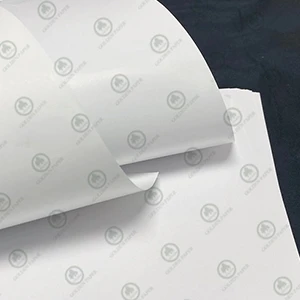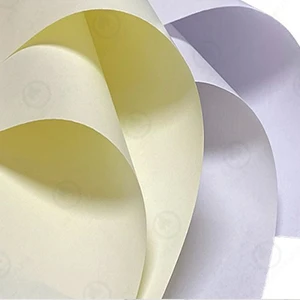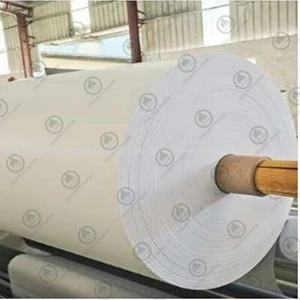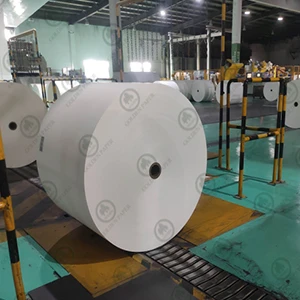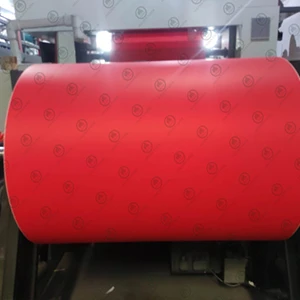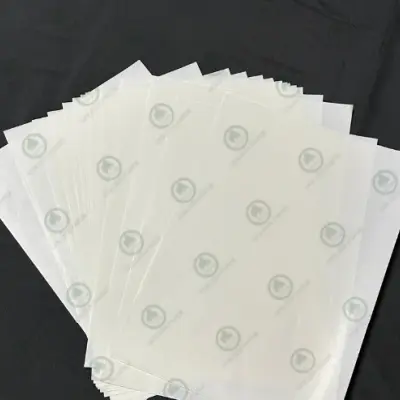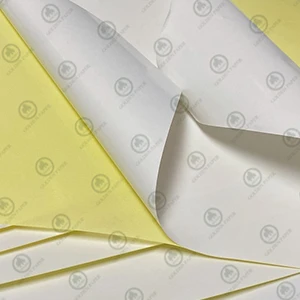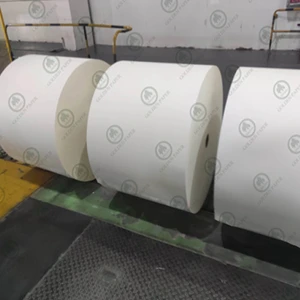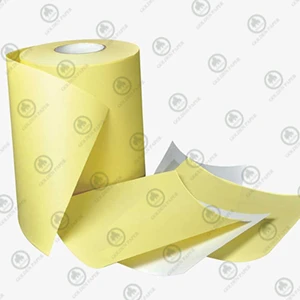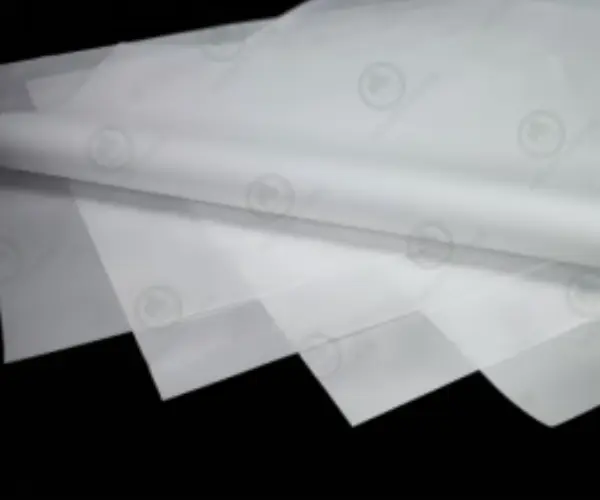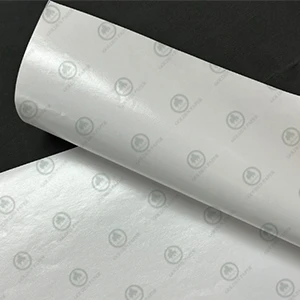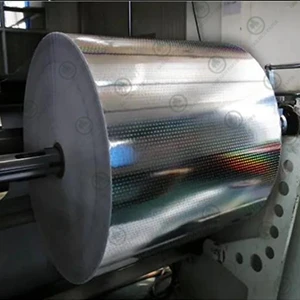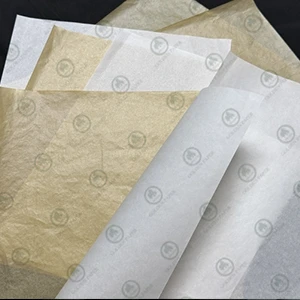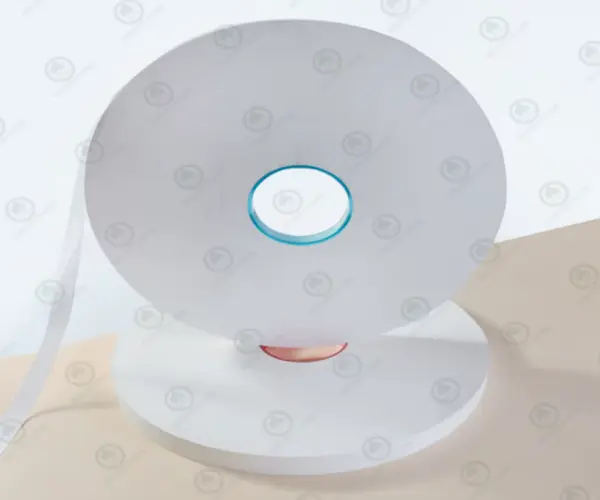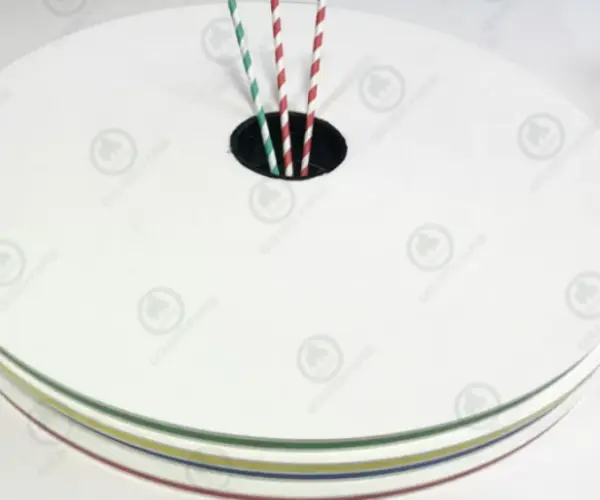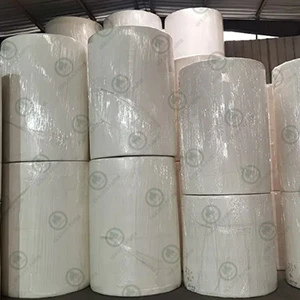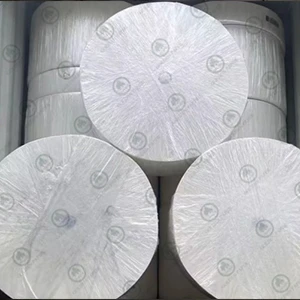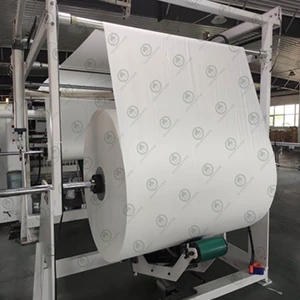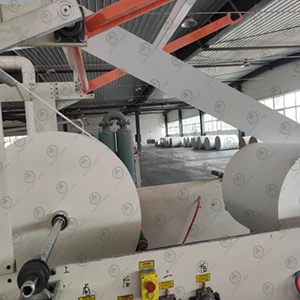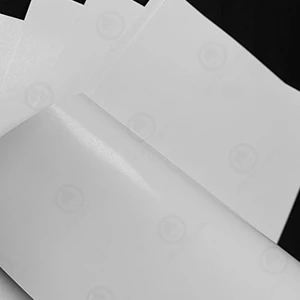What will the packaging industry look like in 2025? Driven by consumer preferences, technological advances, and regulatory changes, several key trends will determine its development.
Sustainability at the forefront
Environmental issues continue to dominate the packaging sector. Consumers and regulators are increasingly demanding environmentally friendly solutions, prompting companies to adopt sustainable materials and reduce waste. The rise of biodegradable and compostable materials is noteworthy because they can decompose naturally and reduce environmental impact.
Technology integration changes the industry
Integrating technology into packaging is bound to revolutionize the industry. Smart packaging solutions such as QR codes and NFC tags provide consumers with interactive experiences and provide product information, thereby enhancing engagement and transparency. In addition, AI-driven solutions are streamlining manufacturing processes, improving efficiency, and reducing waste.
The shift to simplicity is more obvious
The shift to minimalist packaging design is obvious. Focusing on simplicity and functionality, this approach not only caters to modern aesthetic preferences, but also reduces the use of materials and meets sustainable development goals. Functional indicators integrated into packaging, such as freshness indicators for food, are also becoming more popular, providing consumers with real-time information about product quality.
Regulatory upgrades promote innovation
As strict regulations on packaging waste and materials come into effect, companies are forced to innovate. For example, European packaging and packaging waste regulations are pushing companies to optimize packaging design to reduce material use while ensuring product protection. This regulatory environment is promoting innovation in material science and design strategies.
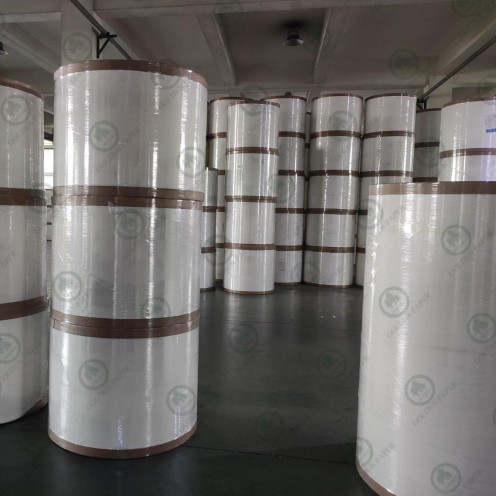
 GOLDEN PAPER
GOLDEN PAPER
 EN
EN
 fr
fr  de
de  es
es  it
it  ru
ru  pt
pt  ar
ar  vi
vi  tr
tr  id
id 